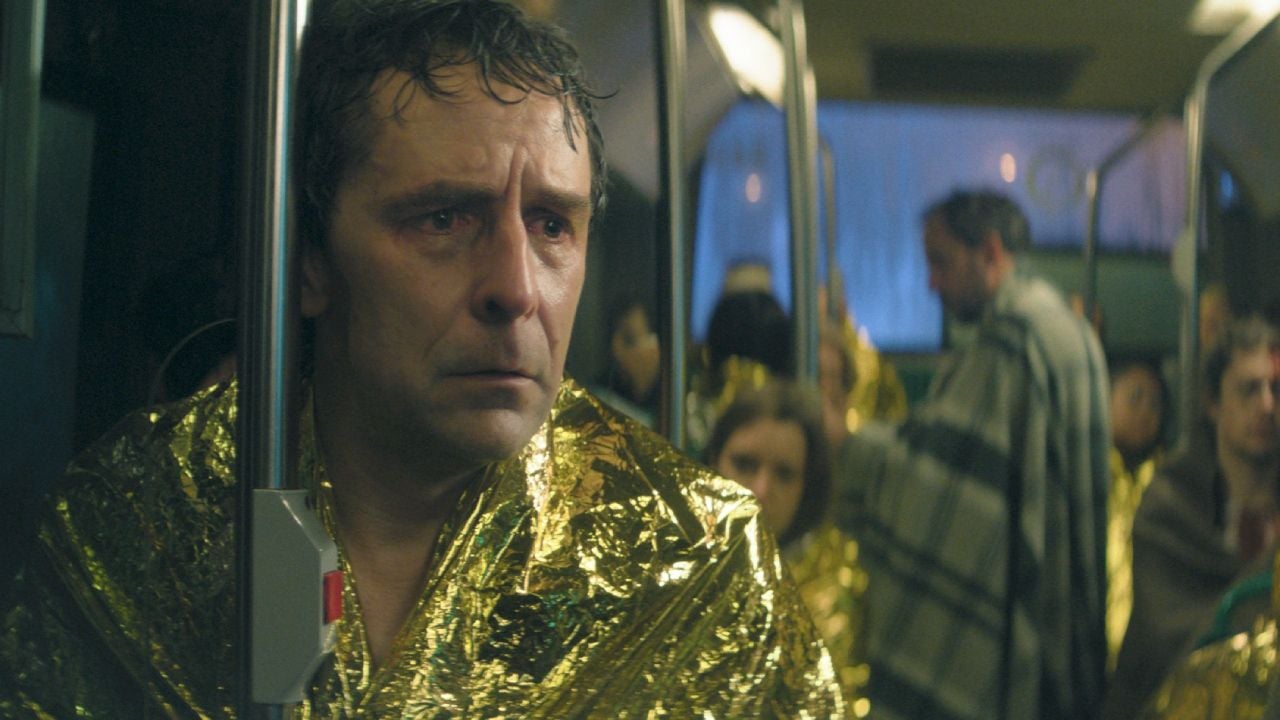Dr. Bubnovsky is a well-known expert on longevity and natural methods of maintaining health. A new book by a specialist, “You Can’t Forbid Long Life”, is devoted to explaining the relationship between particular ailments and the work of various organs, as well as how to improve your well- be without serious medical interventions. Here is an excerpt from it – explaining why it is so dangerous not to pay attention to the elimination of headaches.
The average person on Earth is not ready to live a long, healthy life.
The vast majority of people associate old age with the inevitable physical decay and loss of physical condition. So we see old people with sagging bodies, shaking hands and watery eyes, moving with a little shuffling gait already after 65-70 years. And it is the most unfortunate dementia! Where does this come from, if recently a person was completely normal, and his parents too?
The loss of a healthy body with age is seen by most as quite normal, as it should be. But not only a healthy body is lost – first of all, muscles are lost, and with them the vessels through which oxygen-enriched blood flows, which is a nutrient medium for all organs and tissues. Nobody pays attention to this, including doctors, who know well that the muscles are a system for moving the body in space, and not a transport system, mainly for the heart and the brain.
ADVERTISEMENT – CONTINUED BELOW
Unlike the heart, the brain does not have its own muscles, and its nutrition, and therefore the volume and speed of blood circulation in the vessels, does not depend so much on the heart, as is commonly believed, but on the muscles of the body. , among which the muscles of the shoulder girdle can be highlighted. The functioning of these muscles is especially important in the second half of life, when cardiac activity drops sharply. That is, the performance of gymnastics, which mainly activates the muscles of the shoulder girdle, should be a priority in medical appointments for people who become weaker with age.









